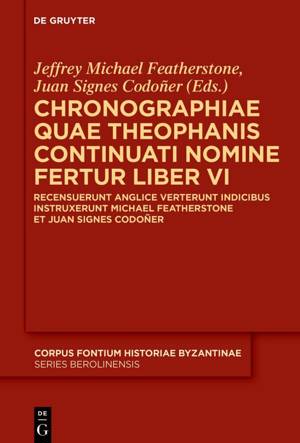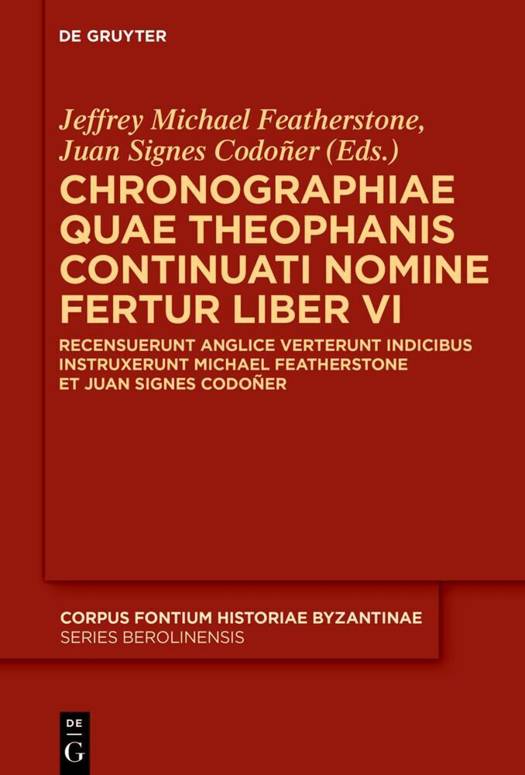
- Afhalen na 1 uur in een winkel met voorraad
- Gratis thuislevering in België vanaf € 30
- Ruim aanbod met 7 miljoen producten
- Afhalen na 1 uur in een winkel met voorraad
- Gratis thuislevering in België vanaf € 30
- Ruim aanbod met 7 miljoen producten
Zoeken
Chronographiae Quae Theophanis Continuati Nomine Fertur Liber VI
Recensuerunt Anglice Verterunt Indicibus Instruxerunt Michael Featherstone Et Juan Signes Codoñer
€ 172,45
+ 344 punten
Omschrijving
The volume presents a critical edition and translation of the final part of the Byzantine text known as Theophanes Continuatus. Entitled 'Book VI' by previous editors, the text follows upon Books I-IV and the Vita Basilii which recount the reigns of the emperors from AD 813 to the death of Basil I in 886. 'Book VI' then brings the text down to the advent of Nicephorus II Phokas in 963. Tellingly, the first two parts are composed in a classicising style typical of the literary circle of the emperor Constantine VII; but this third part, undertaken after Constantine's death - presumably on the initiative of the high official Basil the parakoimomenos, an ally of Phokas - presents a strange mixture of stylistic and linguistic levels which points to a team of authors, apparently working in the imperial palace and assuming different roles in expanding and polishing the sources. Compiled in apparent haste, this third text is based on continuations of the Logothete Chronicle with various revisions, such as additional sections of text or glosses - often inserted in the wrong places - which were presumably taken over from marginal notes or leaves inserted in the prototype, providing examples of Middle Byzantine methods of textual re-writing.
Specificaties
Betrokkenen
- Uitgeverij:
Inhoud
- Aantal bladzijden:
- 475
- Taal:
- Duits
- Reeks:
- Reeksnummer:
- nr. 58
Eigenschappen
- Productcode (EAN):
- 9783111337005
- Verschijningsdatum:
- 17/03/2025
- Uitvoering:
- Hardcover
- Formaat:
- Genaaid
- Afmetingen:
- 156 mm x 234 mm
- Gewicht:
- 839 g

Alleen bij Standaard Boekhandel
+ 344 punten op je klantenkaart van Standaard Boekhandel
Beoordelingen
We publiceren alleen reviews die voldoen aan de voorwaarden voor reviews. Bekijk onze voorwaarden voor reviews.










